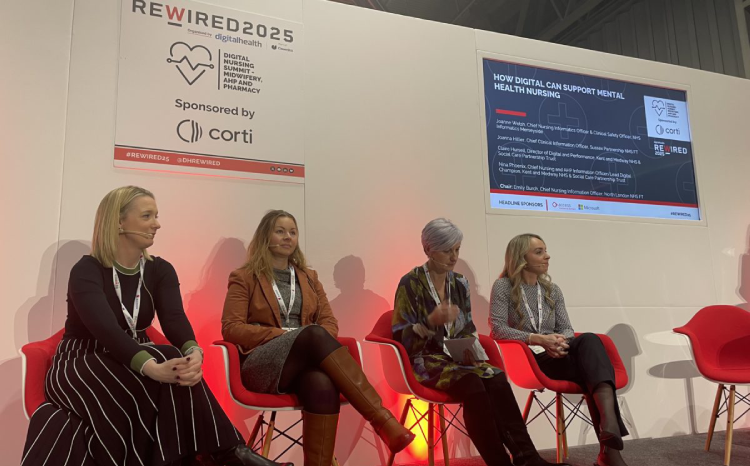UK E-Health Association Conference
- 20 June 2002
Highlights from the UK e-Health Association Conference, Cardiff, June 11-13
E-Health Media listened in on some of the presentations at the UK e-Health Association’s well-attended conference last week.
Building Clinical Value Through Data Linkage
An example of building real value for diabetes patients and clinicians through data linkage came from Dr John Parkinson, client services director of Dundee University’s Medicines Monitoring Unit (MEMO).
Through linking various databases, including prescription records, the unit worked out that the “brittle”, poorly-controlled form of diabetes seen in teenagers was largely a psychosocial problem centred on the patients’ reluctance to take their medication.
“There was nothing different about their disease – they were just not taking the drugs,“explained Dr Parkinson.
The finding represents a clinical apex in a mountain of data gathering and record linking which distinguishes MEMO’s painstaking, long term approach.
The unit does a great deal of work in pharmacovigilance and pharmacoepidemiology advising on and conducting retrospective and prospective evaluation, exposure and outcome studies on medicines and medical procedures.
The work depends on having a very accurate register of the local Tayside population which numbered precisely 398,654 on the day Dr Parkinson delivered his lecture.
He pointed out that the comprehensive nature of the database was aided considerably by a local director of public health stating clearly that everyone had to use a common numbering system, the NHS number.
“I have to say there needs to be more of that in all parts of England, Scotland and Wales. Without that you are not going to get very far,” said Dr Parkinson.
Health Visitors Documentation Scandal
Health visitors are spending a third of their time on documenting rubbish, Dame June Clark, professor of community nursing at the University of Wales, Swansea, told the conference.
Dame June, a former president of the Royal College of Nursing described the situation as “absolutely scandalous”. She made her discovery about the redundancy of most health visiting records when she tried to find ways of identifying and measuring outcomes through the retrospective analysis of the HVs’ records.
She found that the unstructured narrative which formed the bulk of most records was unusable – and shifted the purpose of her project to the development of structured documentation.
The project has –on a small scale – developed a standardised terminology for expressing problems in a way that builds on, but goes far beyond, Read Codes.
Dame June is now looking for further backing to take the work beyond the close of its funding at the end of July.
More generally, she issued a strong warning to the largely IT and medically dominated audience about the central importance of involving nurses, who deliver 80% of patient care, in the development of systems.
”Nurses are already major generators of patient information. Therefore they must be involved at all levels and at every step of the development of computerised information systems and the electronic patient record,” she said.
”How are you involving nurses?” she asked. “Fully, nominally or in a token way?”




